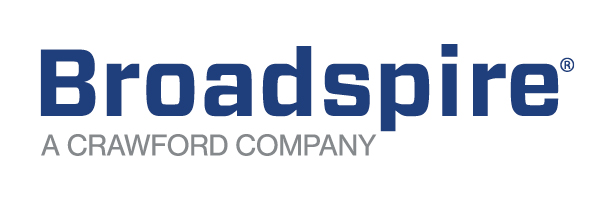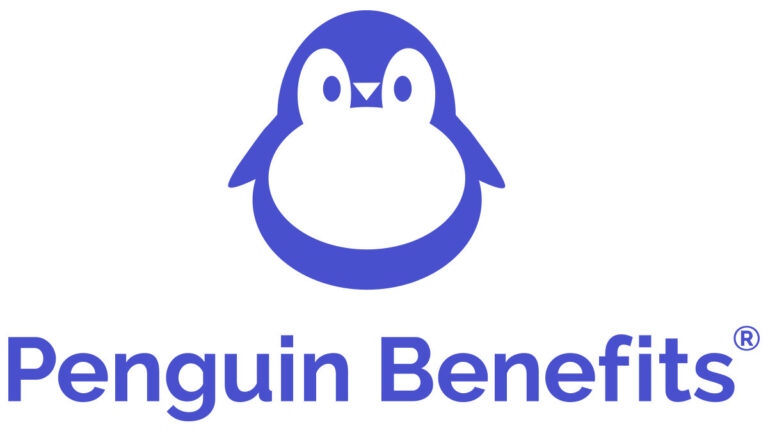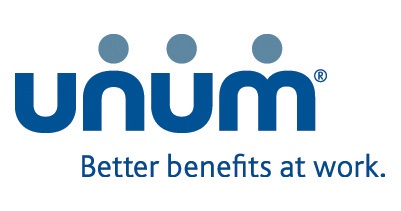We know many workers are experiencing new behavioral health conditions during the pandemic, such as anxiety, depression, increased drinking, opioid misuse, and post-traumatic stress disorder. It’s likely these factors will impact employees as they return to the office. Before COVID-19, mental health and substance use conditions were costing employers more than 5% of payroll just in presenteeism; that has more than doubled in the past year. Supporting employee well-being can reduce this waste and curb the increased costs associated with untreated conditions.
Benefits like wellness support, resilience training, stay-at-work (SAW) services, and EAPs have been shown to improve employee well-being, and head off the development of more serious consequences. Providing reasonable accommodations is not only a requirement of the ADA, but can lead to measurable increases in employee productivity, lower costs, improved morale, more positive employee relationships, greater employee loyalty, and lower turnover. Stay-at-work and return-to-work programs are often overlooked when considering ways to support employees with mental health and substance use conditions, but almost 90% of workers agree to participate in such programs when they’re referred, and they have very high success rates. This leads to a net return on investment of 135% based solely on direct disability claim costs. Employers can recognize an estimated indirect savings of another 270% as companies avoid the costs associated with disability leaves.
Possibly even more important than the impact on payroll and employer costs, employee retention is likely to be a significant concern for employers in the aftermath of the pandemic. It seems likely that workers who feel that their employers have not supported their well-being during the pandemic are at high risk of leaving their jobs. On the other hand, employers that support the mental well-being of their teams are likely to achieve as much as a 5% increase in the productivity of their workforce, overall decreased costs, and the retention of their most effective workers — positioning them for continued success as we move into the next normal.































